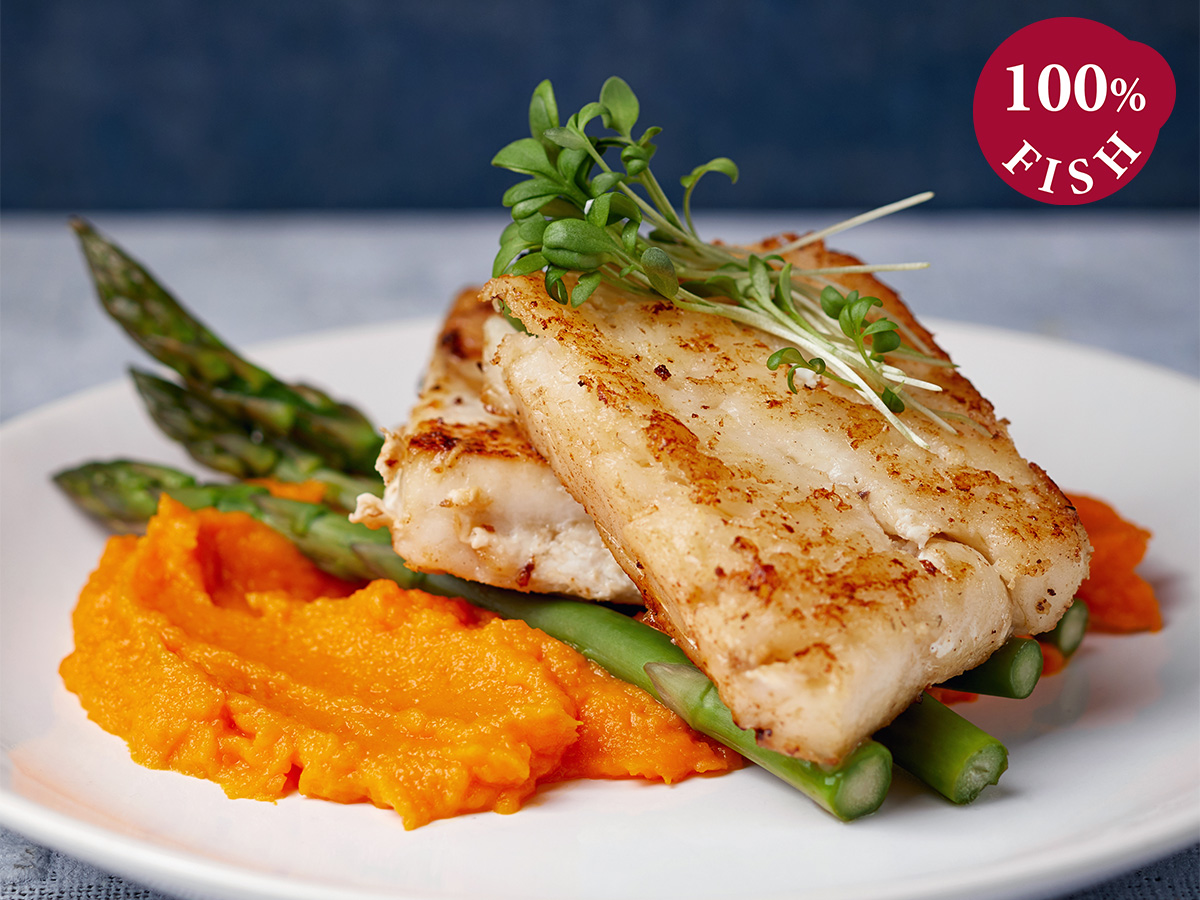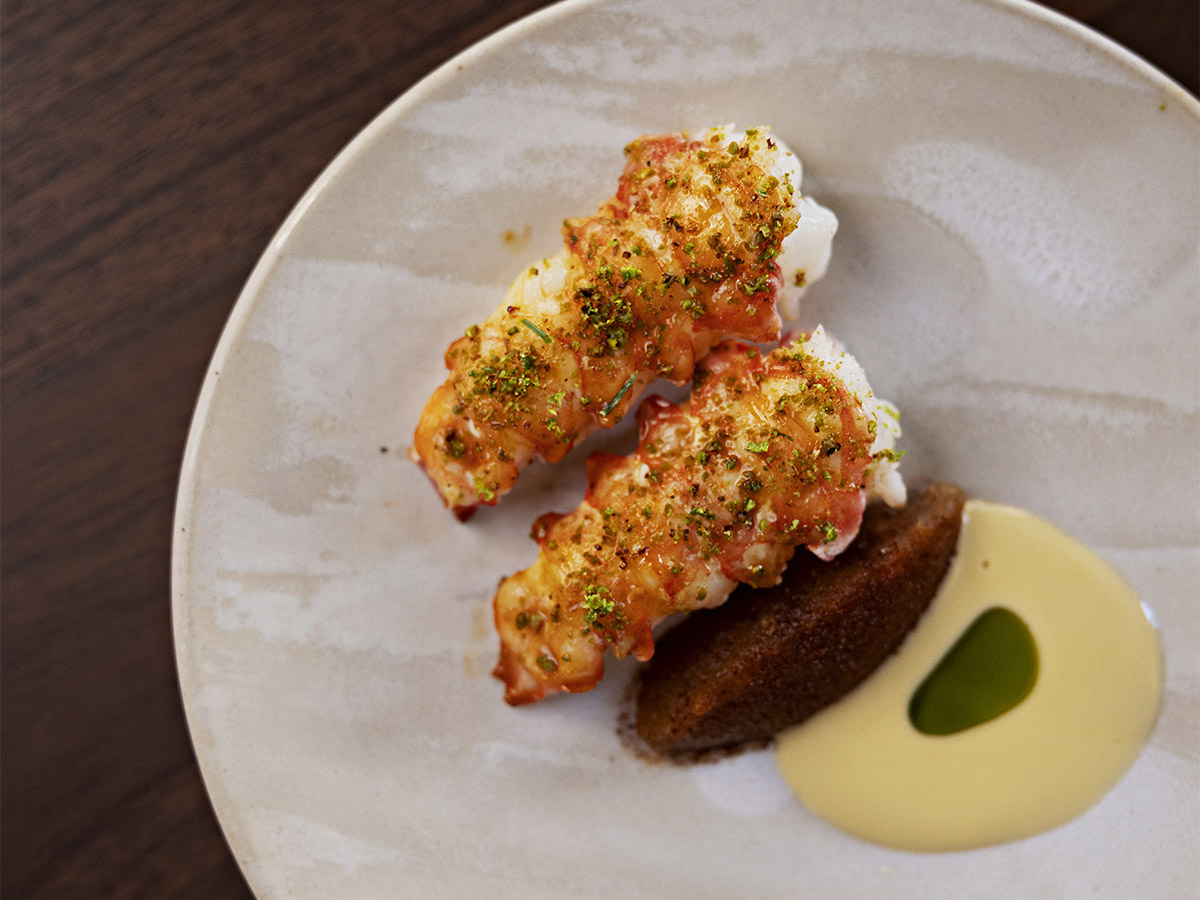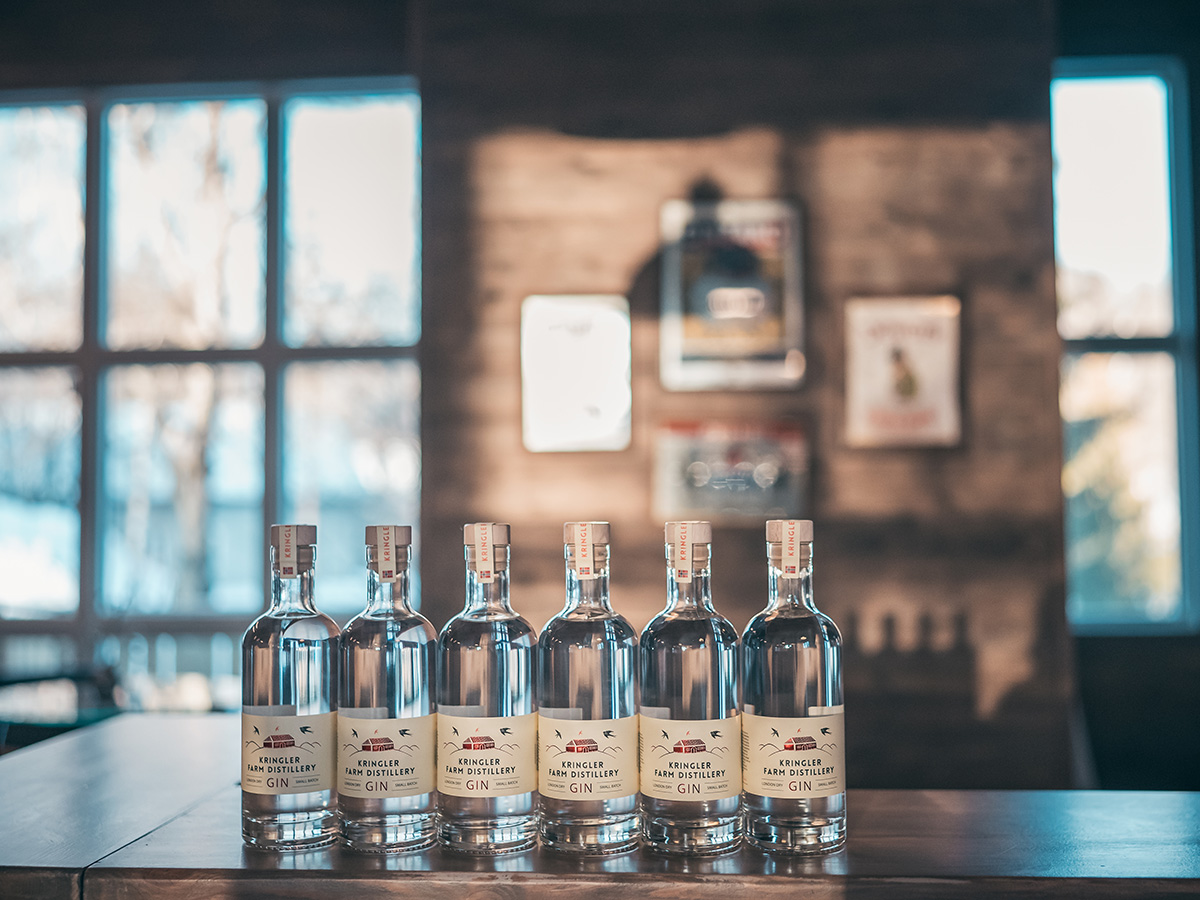Solbråsetra: A show of female strength and innovation
Text: Malin Norman | Photo © Solbråsetra
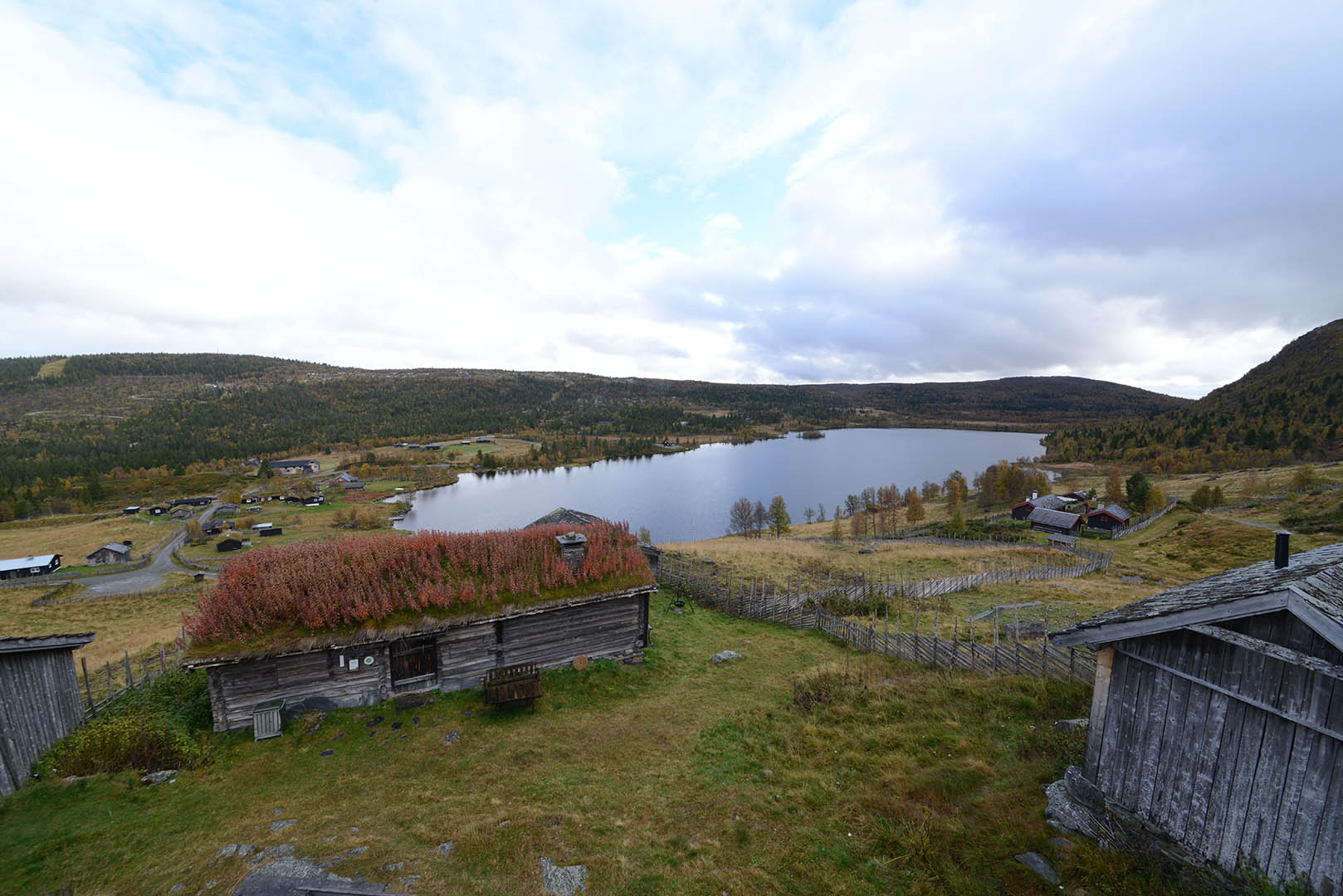
Brown cheese is one of Norway’s most iconic foodstuffs. The cheese is an important part of the country’s gastronomical and cultural identity and heritage, and Gudbrandsdalsost is the most popular variety. It has a fascinating story, and it all started with farm wife Anne Hov, a pioneer of her time.
There is nothing like Norway’s Gudbrandsdalsost, the famous ‘brunost’ (brown cheese), anywhere else in the world. The tan-coloured cheese with a sweet caramel-savoury flavour is unique – and it has an interesting history, first developed by Anne Hov back in 1863. Her story is one of female strength and innovation in a traditional, male-dominated farming society.
But let us start from the beginning: Anne Hov was raised on Solbrå farm, located in Gudbrandsdalen, not far from the mountains. She spent the summer months on the summer farm, where she was looking after dairy cows. Norway has a long tradition of this type of summer pasture farming, where families moved cattle, sheep and goats to higher elevations to graze and fatten up, ultimately to produce more milk. In the 1800s and early 1900s, this is where women looked after the animals and made butter and cheese from the milk.
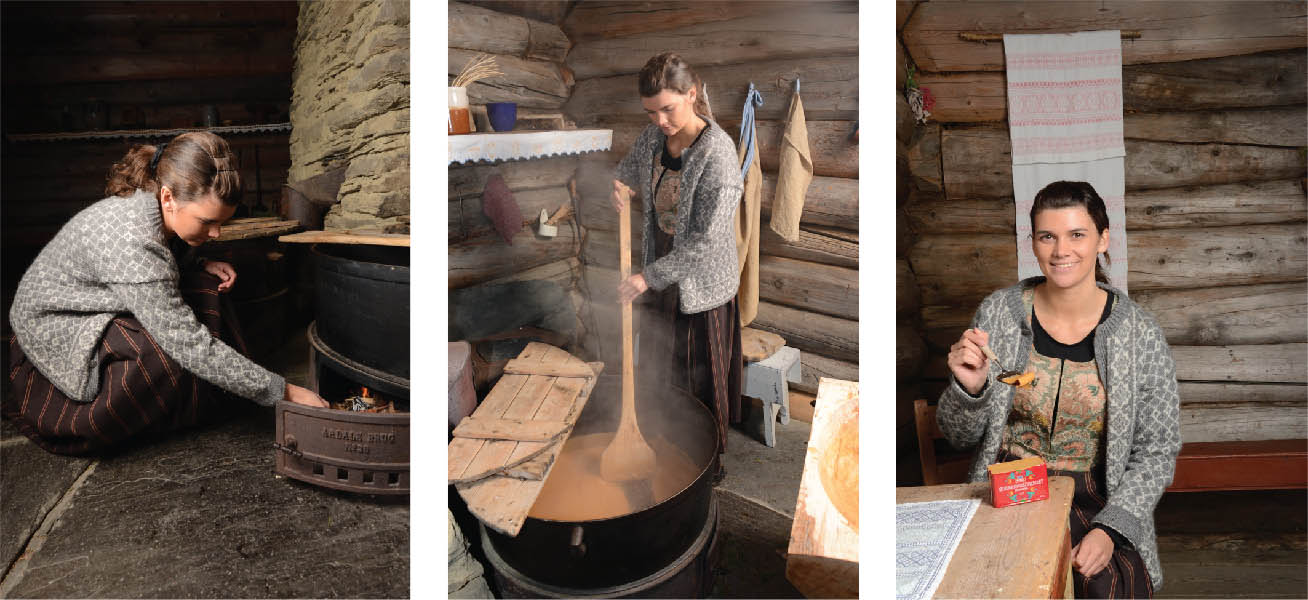
Creating the famous cheese
The key element of summer farming was treating and preserving the milk, churning the butter, making cheese and boiling the whey, the liquid left over when milk is curdled and strained to make cheese. Traditionally, brown cheese was made by boiling whey without the addition of cream, resulting in a sugar-rich and lean product.
Anne Hov’s father disliked goats, so she only had cow’s milk on hand at the farm. In the summer of 1863, only 17 years old, she came up with the idea of adding cream to milk whey and boiling it down until the fluid content was reduced, creating a firmer, fattier, more cheese-like product, originally called fat cheese and later cream whey cheese. This proved to be a flavoursome cheese.
At this time, farming in Norway was undergoing a transformation. The railway network expanded and cheaper products were imported from abroad, which led to falling prices. Anne Hov developed her product further and produced a brown cheese with a mix of cow’s and goat’s milk. It turned out to be more profitable and quickly caught on, and was soon commonly produced and consumed in the area. “She certainly was an innovative woman,” says Per Oluf Solbraa, owner of the farm where Anne Hov grew up. “In a male-dominated farming society, she managed to create a product in high demand. Still today, this cheese is an important part of Norwegian culture and society.”
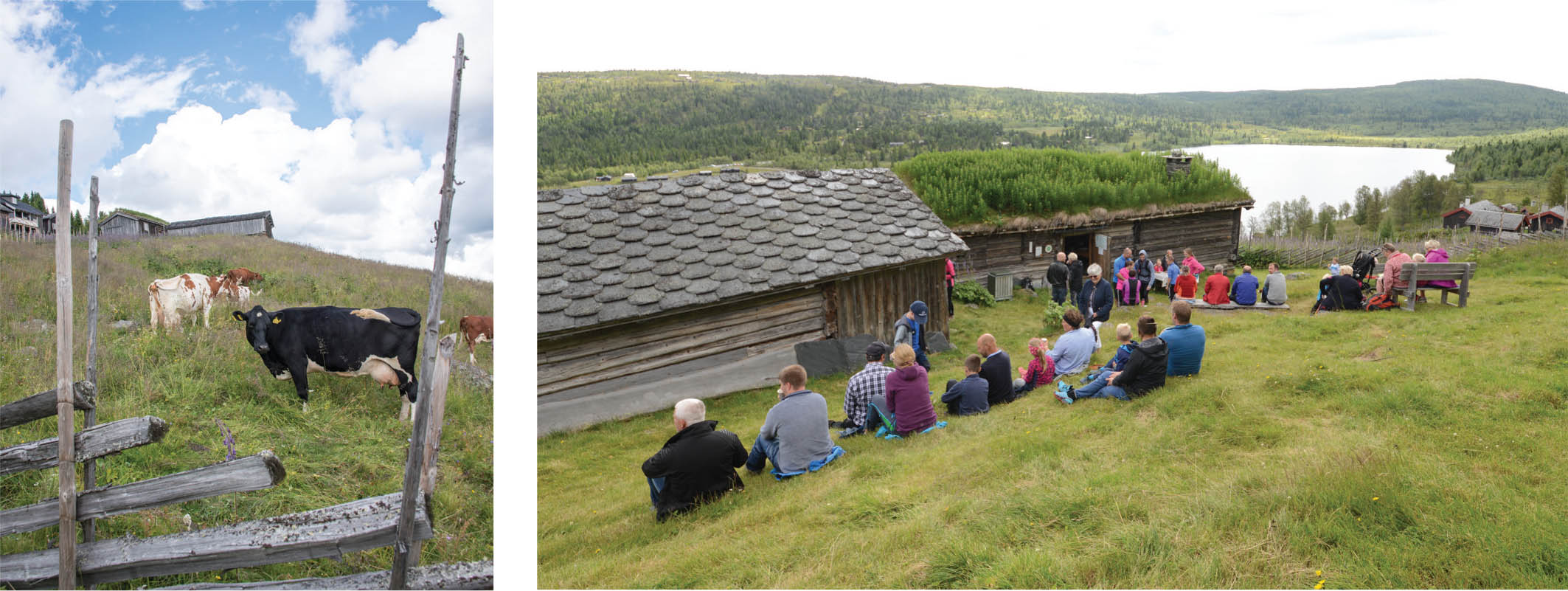
Earning the King’s Medal
Anne Hov’s achievement is no mean feat. By experimenting, she managed to create a product that was fantastic, economical and also caught people’s interest. The innovation saved many farms in Gudbrandsdalen from a financial crisis in the 1880s. In 1933, aged 87, Anne Hov received the King’s Medal of Merit for her contributions to Norwegian cuisine and economy.
The tradition of summer farming lives on. The old farm Solbråsetra is a popular destination with a small museum where you can learn about the history of farming, how the cheese was made and what equipment Anne Hov used. And you can take a well-deserved break in the lovely café, perhaps even try the brown cheese. “This is a way of keeping the past alive and showing the traditional farming culture, which is still active on some farms in this region,” says Solbraa. The farm is now a protected national treasure.
The cheese is still incredibly popular, too: mostly in Norway, but also on export to the US, for instance. Some say it is a bit like Marmite for the Brits; you either love it or hate it. “Often, we put the cheese on bread for our packed lunch, but some people like to experiment,” smiles Solbraa. “My mother used to boil the cheese and serve it as a sauce with ice cream. And many people add the cheese to sauces to serve with game and meat. It gives a lovely, sweet flavour to the dish.”
Facebook: Solbraasetra
Subscribe to Our Newsletter
Receive our monthly newsletter by email

